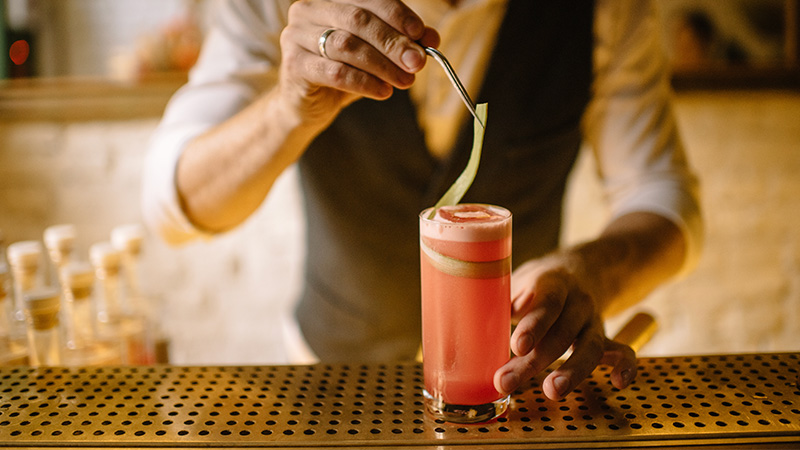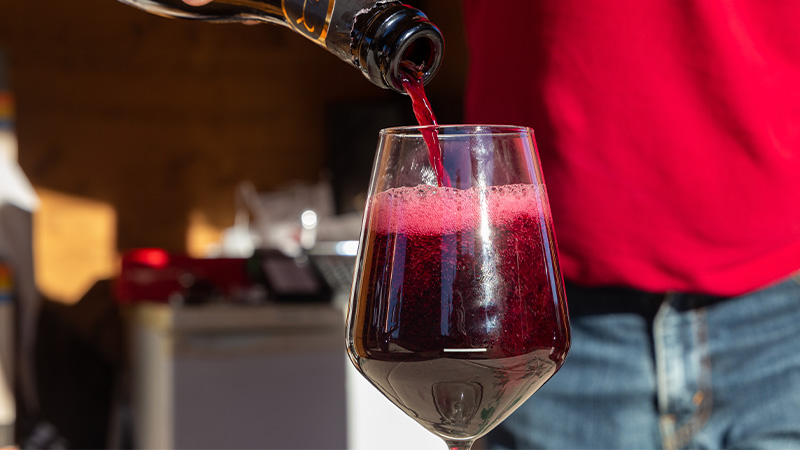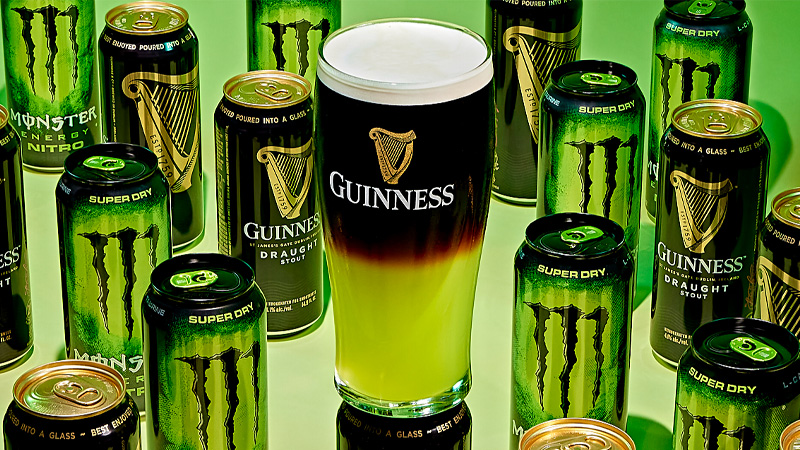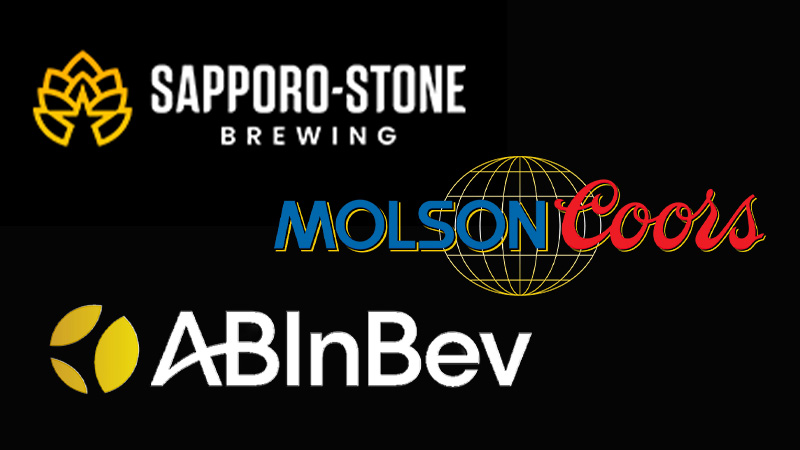2024 was an interesting year for the drinks industry. We bore witness to the continued decline of craft brewing and watched as beloved brands like Duckhorn, The Famous Grouse, and Charles Smith Wines changed hands. Despite uncertainty regarding the industry’s future, though, one thing remained clear this year: Producers, bartenders, and brands alike were willing to do whatever it took to get consumers’ attention.
Flashy cocktails designed for social media virality took over; hard seltzer got a high-ABV boost in an attempt to stay relevant; and diet wines grew in popularity. With the new year just around the corner, it’s time to look back on the trends that dominated the drinks space in 2024 and determine which ones should be laid to rest on Dec. 31.
Here are nine drinks trends we hope to never see in 2025.
Don’t Miss A Drop
Get the latest in beer, wine, and cocktail culture sent straight to your inbox.
Clarifying Everything Under the Sun
We’re all for experimentation and technical innovation behind the bar. But when it comes to clarification, enough is enough. The technique is great for adding texture to drinks or ensuring carbonated cocktails don’t lose their fizz, but more often than not, it isn’t used for technical reasons but to attract attention and generate buzz on social media. And it works. Practically every clarified cocktail or Milk Punch riff is sure to be popular, but that doesn’t mean we need to see eight versions on a menu, especially when considering the razor-thin line between gimmicky and actually good. The perceived popularity of the silky drinks also does not mean that it’s time to run beloved classics through a centrifuge. We don’t need clear Negronis, and we certainly do not need clarified Dirty Martinis. Please, put the milk jug down.
Over-Complication of Classic Highballs

The classic highball — think Rum & Coke, Gin & Tonic, etc. — is a staple for a reason. It’s universal, people know exactly what to expect, and, in most cases, it’s extremely challenging to mess it up. One way to quickly ruin a classic highball? Change the drink entirely and still call it a classic highball. While some of these revamped classics on bar menus undoubtedly pull it off, like Superbueno’s Vodka y Soda, most are overwrought. When numerous tinctures, housemade syrups, and over-the-top techniques enter the equation, things tend to get lost in the sauce. These classic highballs shouldn’t be fussy and they shouldn’t be intricate; their beauty lies in their simplicity. Plus, who wants to spend upwards of $20 on a cocktail you can find a version of at the dive bar down the street, or better, make at home?
The Belief That Lambrusco Will Have a Hot American Moment

Oh, Lambrusco. As much as some wine professionals would love to see the fizzy Italian red catch on in the United States, it’s just not going to happen. Ever. And it’s about time we stopped believing it will. Year after year (after year), predictions emerge that it will be “the year of Lambrusco.” When that fails to materialize, it becomes “the summer of Lambrusco,” which also… fails to materialize. The drink does offer some characteristics attractive to the American drinking public — it’s best served chilled, it’s fruity, and it’s bubbly. But the reality of the situation is that we simply do not import enough for the entire category to succeed. While the sparkling red might take off in small niches, until something changes in distribution networks, the possibility of it taking off on a national scale is slim.
‘Innovation’ In Beer and Flavored Malt Beverages (FMBs)
From hazy IPAs and bizarre adjuncts to pastry stouts and fruited slushie sours, there’s always been innovation in craft beer. But as the category’s lost traction with consumers, we’ve seen the emergence and rise of hard seltzer and the subsequent barrage of innovations ever since. First, there were the malt-based beverages and their endless flavor iterations. Next, the vodka soda expressions emerged. Tequila sodas came after that. Then, it was time to let the bubbles go flat, with fizz-free hard teas, lemonades, juices, and even amalgamations of all three coming onto the market. And now, with seemingly nothing left to do, “innovation” is merely bumping up the ABV. Recently, we’ve seen the introduction of booze-soaked SKUs like White Claw Surge, Twisted Tea Extreme, Smirnoff Ice Smash, and Truly Unruly in an attempt to revive the category. Instead, maybe let’s get back to producing crisp Pilsners, ales, and lagers. Just look at the success of Montucky Cold Snacks, a self-described “beer-flavored beer.”
Union Busting in the Craft Beer Industry
The number of unionized craft breweries in the U.S. is alarmingly low, and as VinePair contributing editor Dave Infante points out, it’s at a time when the vast majority of brewery employees would benefit most from union representation. The industry is in rapid decline and when the time comes to shed costs to improve bottom lines, the labor force tends to be one of the first things to go — and workers know it. Across the country, hundreds of brewery employees have moved to organize labor, and while some efforts have been successful, others have been entirely thwarted. From Sapporo-Stone’s no-holds-barred union busting to ongoing labor battles at Anheuser-Busch InBev and Molson Coors, sh*tty labor tactics and mistreatment of hardworking employees is a “drinks trend” that we’d very much like to see abandoned in 2025.
Private Equity Firms Snapping Up Wine Brands
It’s no secret that the wine industry is in peril right now, with global wine consumption at its lowest point since 1996. As such, 2024 was marked by several mergers and acquisitions, with some of the most notable involving private equity firms. This past year, Seattle-based Ackley Brands emerged as a potential powerhouse in the industry, scooping up no less than five wineries including Columbia Winery and Hogue Cellars from E&J Gallo, and Charles Smith Wines from The Wine Group. Then, in October, news broke that The Duckhorn Portfolio would be acquired by Los Angeles-based firm Butterfly Equity in a whopping $1.95 billion all-cash deal. While these firms have the potential to do tremendous good for their acquisitions in a declining market, pivoting to private ownership certainly changes the calculus for these brands. Next year, let’s please keep Wall Street out of our wine.
The Proliferation of Energy Drinks and Caffeine-Spiked Cocktails

In 2023, we saw energy drinks make a shocking return. As much as we hoped that trend would lose steam, it sprung into 2024 ready for action, and somehow, things got even worse. Thankfully, we successfully canceled the Panera Bread Charged Lemonade, but you know what happens when you cut the head off the Hydra. Enter: the Gonster. This what-the-actual-f*ck mix of Guinness and Monster Energy landed on social media feeds in May 2024, and as one user adequately described, it’s “a war crime.” Sure, the drink might be shocking — it’s clearly enough to get people talking — but it’s a truly monstrous combination (no pun intended) and it completely destroys what is otherwise the perfect beer. But as much as we’re begging to leave this trend behind, the proliferation of energy drinks, and thus caffeine-spiked cocktails, is unlikely to dissipate any time soon, especially as more celebrities announce their involvement in the category.
Chaos in a Cup
New York City is the land of opulence, excess, and, well, chaos, but 2024 saw things taken to new heights. Cigarette Martinis shocked at swanky new cocktail bars and flavor blasters made their explosive presence known. But while some extravagant cocktails are executed flawlessly — and come with their fair share of entertainment — other drinks appear to exist purely for shock value, not because they’re actually enjoyable to consume. We’re all for playful additions to drinks service, but when the chaos grows out of control, it’s a disaster waiting to happen.
Low-Calorie Wine

There’s no denying that the wine industry needs a new marketing tack. Low-cal wine, however, is not the solution. Usually marketed to consumers who perhaps want to drink less alcohol, low-calorie wines are typically made by combining non-alcoholic wine with standard wines, thus lowering the ABV and the caloric content. While a nice idea in theory, more often than not, the non-alcoholic wine used is one of very poor quality, thus resulting in less-than-ideal-tasting vino. Moreover, while the drink is intended to target drinkers seeking to consume in moderation, “low-calorie” anything is inherently linked to diet culture and its problematic messaging. Can we leave skinny culture in 2024, please? It’s so 2010.
*Image retrieved from barbamauro via stock.adobe.com
